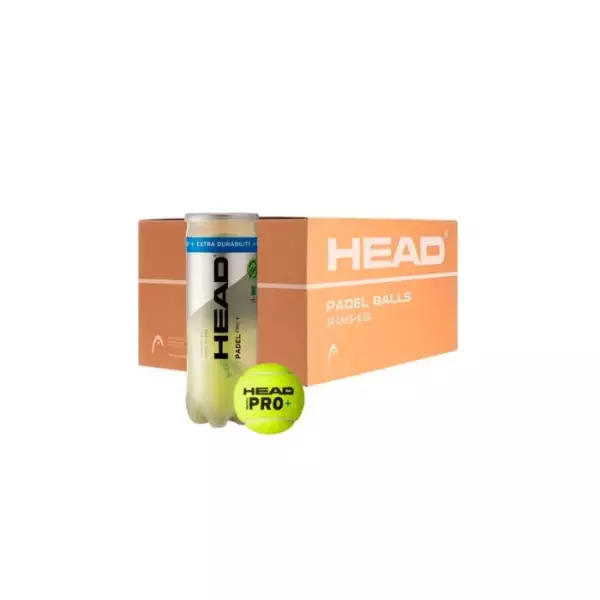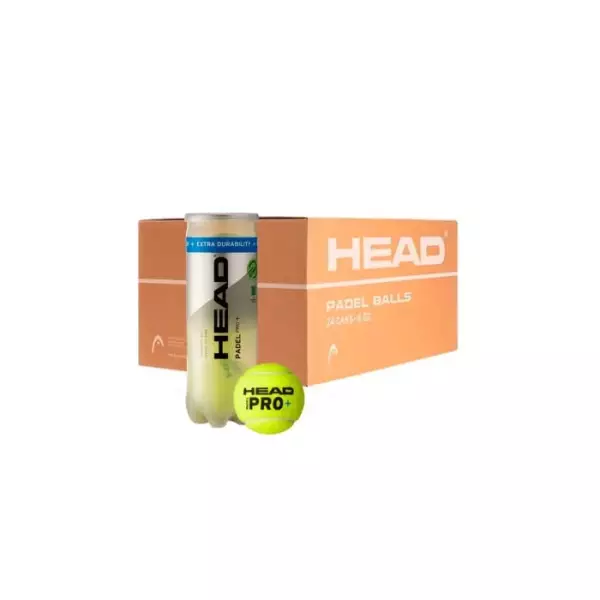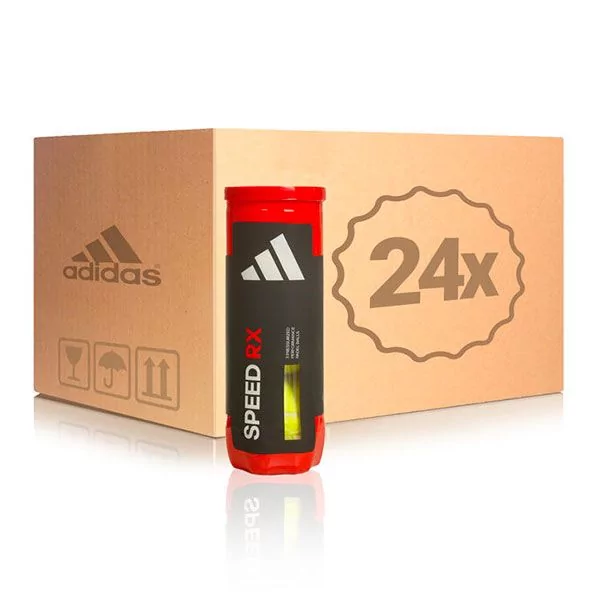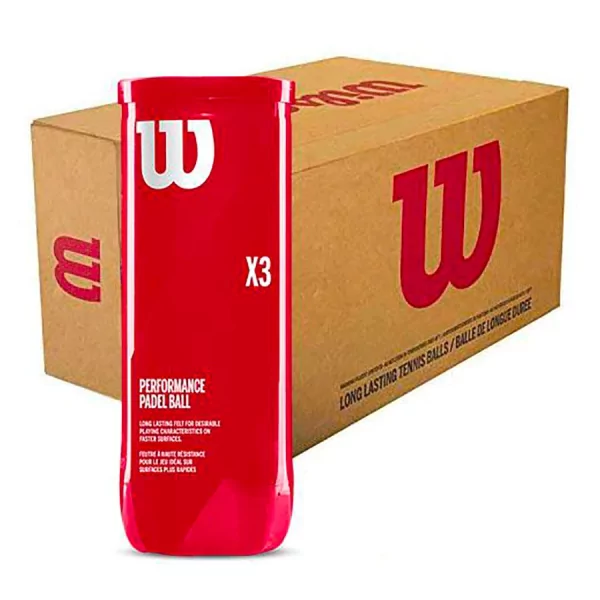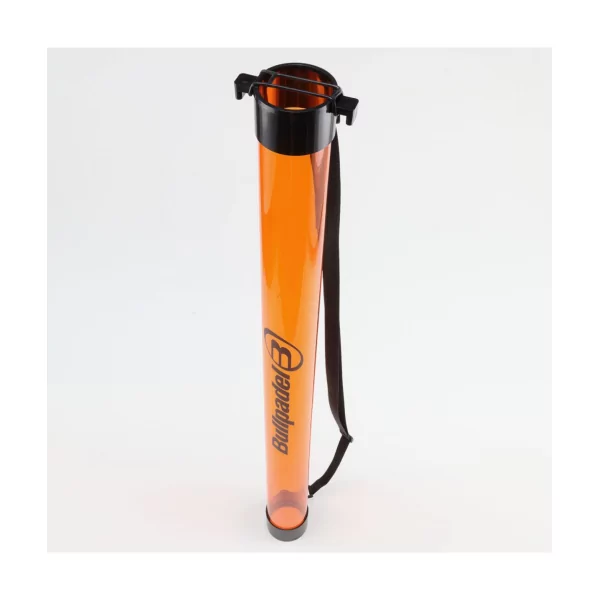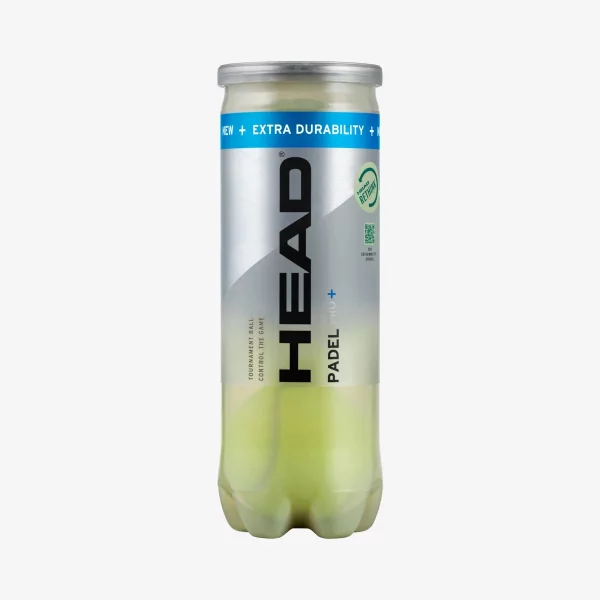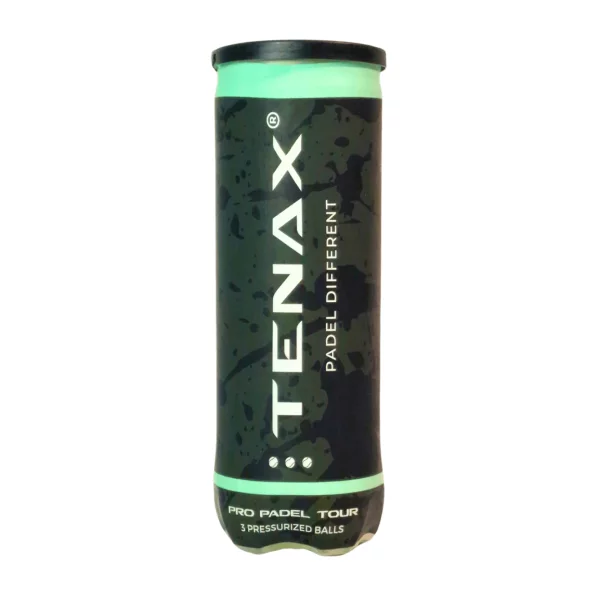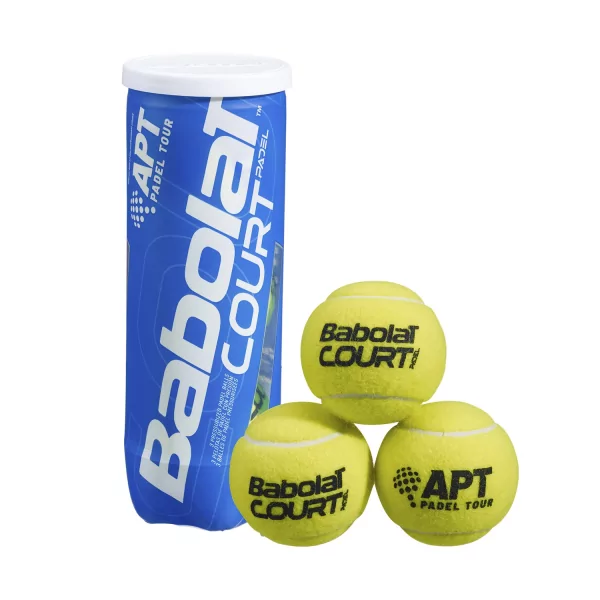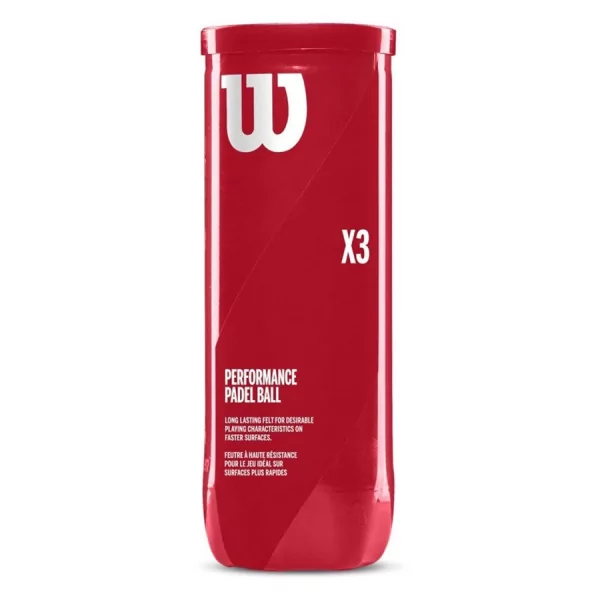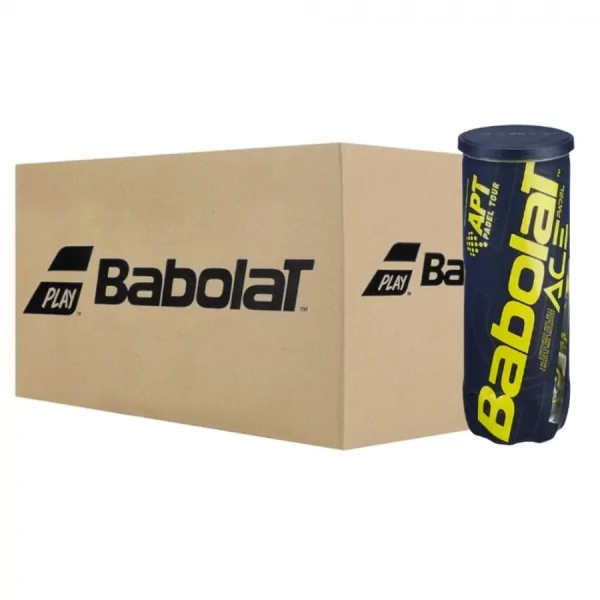Although the padel racket is an essential element for playing at your best, you must also consider the best padel balls , as an element that can make the difference. If the racket is mainly linked to the level of play, the balance, the weight of the frame, the gender of the person using it, the age and the materials, the padel ball is mainly linked to the internal pressure .
Padel balls: how they are made
In order to understand the characteristics of a padel ball, it is important to understand what it is.
This element is essential for playing padel and is made of natural rubber covered with a layer of felt mixed with synthetic material, making it effectively waterproof .
The diameter of a ball can vary between 6.77 centimeters and 6.35 centimeters, while the weight can fluctuate between 56-59.4 grams . The best padel balls must necessarily have a pressure of 1.75 atmospheres , a characteristic that allows a bounce of up to 1.45 meters with a launch height of 2.54 meters.
Pressurizer padel balls
One of the most important devices to guarantee excellent longevity to padel balls is the pressurizer, i.e. a device that allows the internal pressure of the balls to be kept constant at 1.75 atmospheres.
When a padel game ends, the balls are placed inside the pressurizer and optimized for the next match. Different types of pressurizer can be found on the market, some of them are made with a pump to restore the internal pressure of the balls, others only have an airtight cap that joins the tube purchased in specialized shops.
Many players choose a pressurizer to ensure longevity and ideal pressure for their game balls. In fact, this tool allows you to obtain various advantages, such as saving on the cost of new balls or the reduction of pollution due to their regeneration.
Difference between padel balls and tennis balls
Although tennis balls and padel balls are aesthetically very similar to each other, they have substantial differences. Among the most significant characteristics is the internal pressure , in fact, tennis balls have a pressure of 1.81 atmospheres. This specification makes playing tennis much faster than padel.
A further difference is to be found in the bounce of the balls. Those who use padel balls can notice right from the start how the bounce is slightly lower than those designed for tennis.
This condition is due to the fact that padel balls must bounce between 1.35-1.45 meters considering a height of 2.54 meters. There are, therefore, constraints linked to the field and the rules of the game.
If internal pressure and rebound are characteristics that determine substantial differences, it is important to highlight that weight and diameter are not so different. In addition to being aesthetically very similar, these two types of balls have a diameter between 6.35-6.77 cm for padel balls and 6.54-6.86 cm for tennis balls. In fact, just like the materials with which they are made, the companies that produce padel or tennis balls design solutions for both sports, concretely modifying only the internal pressure. It should be underlined that the padel balls accepted by the FIP (International Padel Federation) are only white or yellow ones.
Best padel balls
Several companies, such as Wilson, Adidas and Head produce excellent quality padel balls, providing enthusiasts with economical solutions in single tube packages or in packages with multiple tubes.
Wilson padel balls : the Wilson company has been producing padel balls with an excellent quality-price ratio for many years. You can choose single tube solutions or a pack of 24 tubes.
Adidas padel balls : the quality of Adidas balls is excellent, longevity and resistance are characteristics that are certainly not lacking.
Head Pro S padel balls : the solutions proposed by Head are ideal for those looking for a tube of three padel balls.


